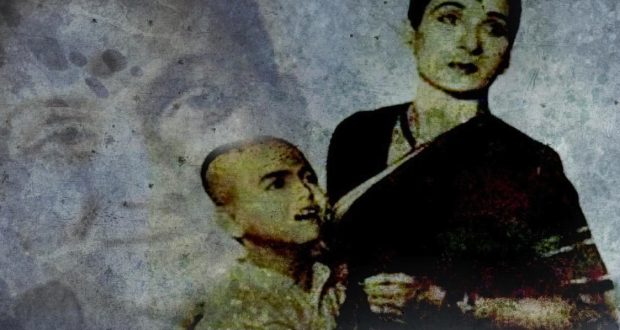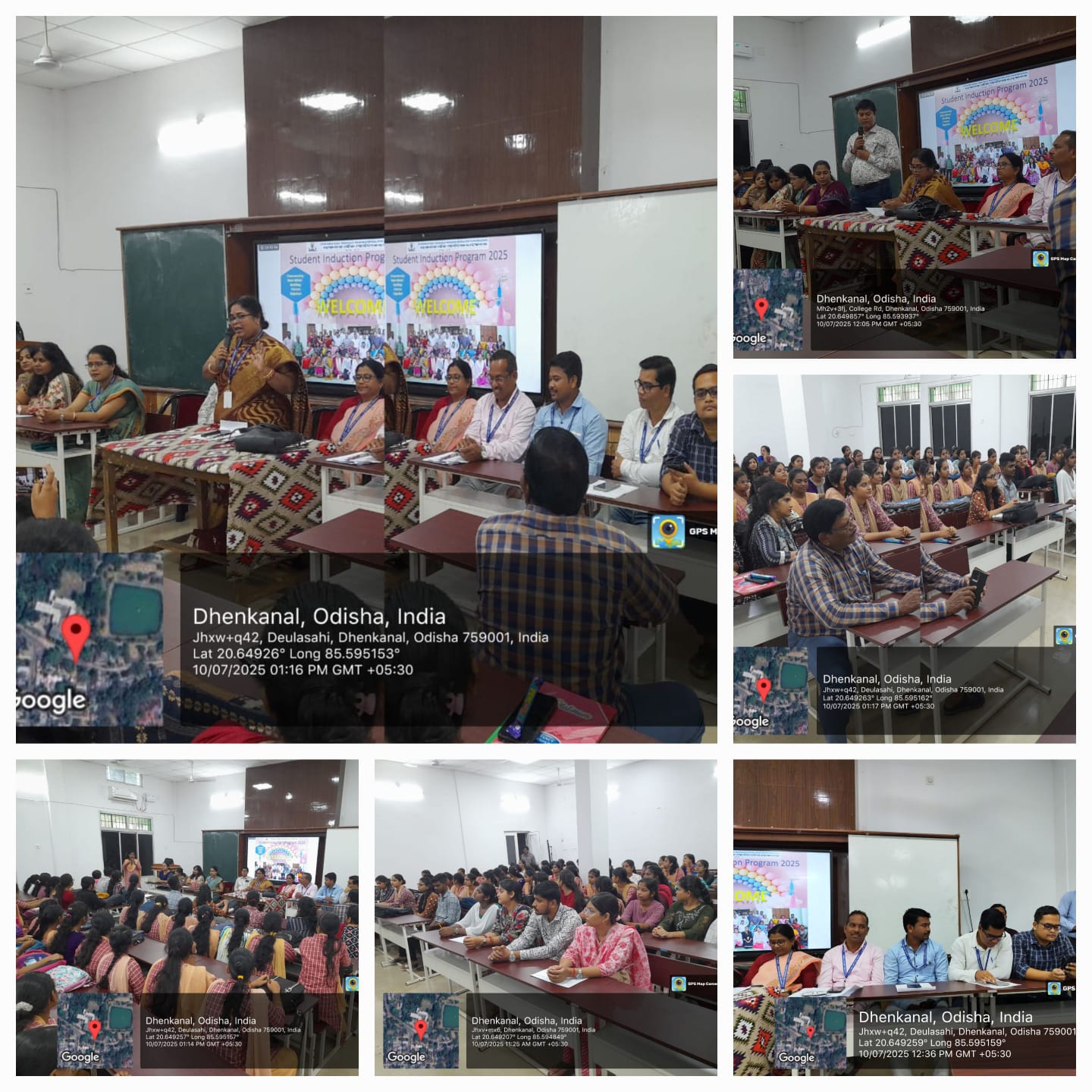Shyamchi Aai
Shyamchi Aai is a fictionalized account of the childhood years of Sane Guruji (1899-1950) narrated in a long flashback. A nationalist, influenced by Vinoba Bhave and especially Gandhiji, he was imprisoned repeatedly for his work among the peasantry and participation in the Quit India agitations. His book Shyamchi Aai, written in jail, has 45 episodes in which Shyam, a youth living in poverty in Konkan, recalls the teachings of his mother, a devoutly religious person with an earthy and practical philosophy.
The film has a simplicity that is naive by today’s standards. But it is this very simplicity that reaches out to the viewers because of its honesty and straightforwardness. Since it draws largely from true-life incidents, the structure of the film is episodic. As soon as it switches to a flashback from the establishing jail segment, the whole family is introduced in a well-thought-out sequence, and the basic relationships are established. Little Shyam is introduced stealing apricots from the kitchen and immediately endears himself to the viewers. The father is established as a landlord with ‘special revenue rights’ who sets out to embark on a journey to collect dues from his tenants. The family is worried about his impending voyage but he promises to return before dusk. On his way back the music assumes a grave tone, anticipating danger. The director cuts to the parallel action of the anxious family waiting for his arrival. The beautiful mother decked in jewelry has just returned from the temple but her right eyelid flutters, which is a bad sign. The film cuts back to the father’s journey; robbers accost him and are about to kill him when the god-fearing mother has a premonition; she duly sits in front of a congress of gods and begins to pray fervently for her husband’s safe arrival; and lo and behold, the robbers suddenly take pity on him as he implores that he has children back home, the robbers realize that they also rob to feed their children and so they spare him; and the mother’s prayers are answered. And her husband returns safely with a negligible head injury. Cliched as it looks now, the segment still has an appeal that manages to keep the viewers on tenterhooks. And therein lies its seduction: It is predictable but we are hooked nevertheless because a seduction is always alluring and gains its charm through its repetitious value.
The freedom movement forms the backbone of the film and also its subtext. The father (an over-the-top Damuanna Joshi) is a follower of Lokmanya Tilak who goes to jail for 4 months. Shyam is proud of his father and invokes Tilak at the necessary junctures of the film. It forecasts his political aspirations and readies him for the necessary sacrifices. In one melodramatic scene from the film, he allows himself to be caned on his palm 12 times by his teacher as opposed to Tilak’s 6 years in jail without batting an eyelid. The scene foreshadows Manoj Kumar’s burning of his palm on a lighted piece of candle as he sings a patriotic song in the film Shaheed (1965).
Shyamchi Aai is a well-wrought-out melodrama with a quota of exaggerations and myths. Little Shyam crosses a turbulent river during a thunderstorm despite the warnings of his friends because his love for his mother is deeper than the river! This recalls a similar myth where Vidyasagar crossed the turbulent Damodar river to reach out to his mother at least half a century ago in Bengal. One does not fail to draw the parallel and concludes the average Indian male’s mother-fixation that sometimes borders on the erotic/sexual.
In the last segment little Shyam has a dream that his mother is ill and calling out to him. He immediately sets out and traverses the sea and earth to reach his mother. His journey is intercut with the sufferings of his mother who is on her deathbed, surrounded by her family members. She enquires about Shyam; we wonder if he can reach in time. The tension builds up as little Shyam walks through hail and storm, and travels on locomotive and ship, undaunted. The viewers root for the young Shyam so that he can meet his mother before she breathes her last and the two could exchange the obligatory last dialogues. But he learns of his mother’s death when he stumbles onto his aunt at a harbor. He is aggrieved to hear the news but continues with his journey and breaks out into a song of motherly love, which is highlighted by shots of various young animals suckling their mothers. We are taken in by the pathos of the segment despite its melodramatic treatment because by this time we have become used to the design and don’t mind.
Shyamchi Aai remains a cult film in the history of Marathi cinema and is still fondly remembered and evoked by film scholars and students. The film won the first ever National Award for the Best Film in 1954 (for films made in 1953), 50 years before another Marathi film finally did it again, Shwaas in 2004.
Marathi, Drama, Black & White
 Odisha news today, Latest Oriya News Bhubaneswar Online Odia news Portal
Odisha news today, Latest Oriya News Bhubaneswar Online Odia news Portal




